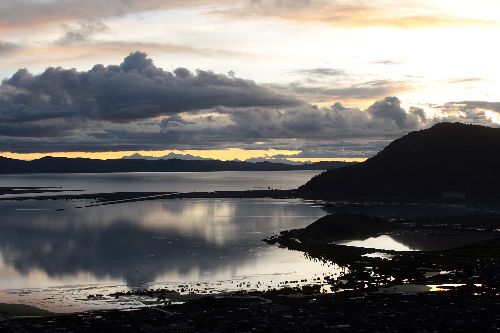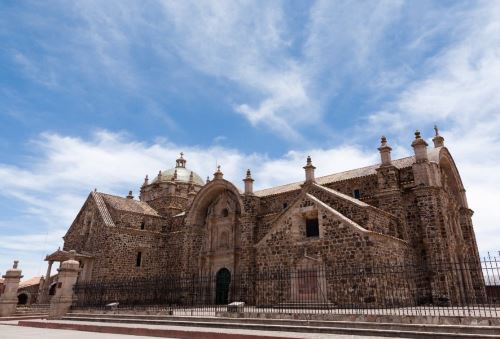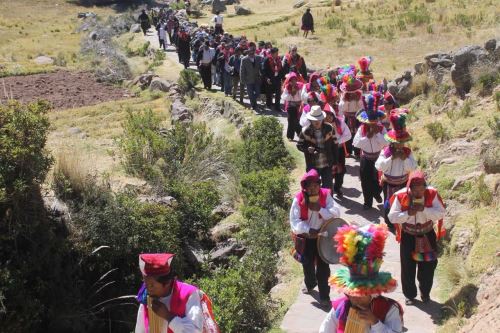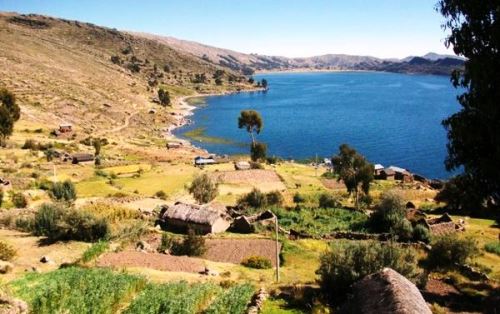14:11 | Puno (Puno region), Nov. 2.
Peru's southern Puno region is already gearing up to celebrate its Spanish foundation anniversary on November 4, and here is a list of must-sees for those visiting the place.

Lake Titicaca National Reserve
The place is a protected natural area containing natural resources part of Lake Titicaca's ecosystem. It is home to 109 species of birds like the Titicaca grebe (Rollandia microptera) and the Titicaca water frog (Telmatobius culeus).
Chucuito, City of the Royal Treasure
Chucuito houses the Santo Domingo Temple, the oldest in the region. It was built in 1581 and displays Renaissance traits.
The place also features the Nuestra Señora de la Asuncion Temple, whose beautiful architecture can be spotted at the city's main square.
Lampa, the Pink City
Lampa earned its nickname (Pink City) due to the color of its buildings. Some of its attractions include ornamented houses, queñua forests, the Queen of the Andes, chinchilla farms, among others.

Sillustani Archaeological Site
Its 12-meter chullpas or burial towers were erected to keep funerary remains of Colla Señorio main authorities.
In addition, an on-site museum —located near the archaeological complex— exhibits artifacts of Colla, Tiahuanaco and Inca cultures.
Taquile Island
The place includes agricultural terraces and ceremonial centers. Its vestiges date from pre-Inca times. While in there, vacationers can visit traditional textile communities.

Uros Floating Islands
Islets are made of totora reeds, which grow in Titicaca Lake.
New reeds are added constantly, about every two months —a millenary tradition involving patience and dexterity.
Additionally, local residents stick to ancient traditions like fishing. They use reed boats to do so.
Capachica Peninsula
Its geography displays a particular beauty. Llachon town maintains its customs and cultural practices. Its principal activities include agriculture, livestock, fishing, and craftwork.

Pucara
Pucara is popular for its pottery, mainly for the Pucara Bulls —ceramic pieces placed on the roof of houses as a sign of protection and prosperity.
(END) MAO/RMB
Published: 11/2/2017